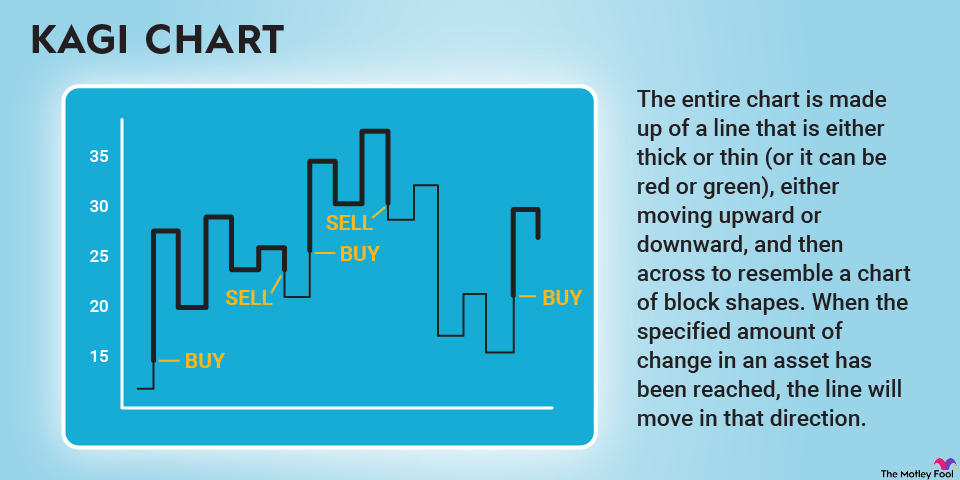The tech industry is often defined as a collection of people who “move fast and break things.” It’s not always the best business model. The Kaizen process seeks incremental but continuous improvement as a means of maximizing productivity, efficiency, and profitability.

What is Kaizen?
Kaizen (loosely translated as “good change”) is a Japanese concept that involves all employees working to constantly improve a business. Although it’s often referred to as part of modern lean manufacturing, the practice has its roots in theories imported by U.S. consultant W. Edwards Deming, who assisted with Japan’s post-World War II census.
As much as we might wish, improvement in a business doesn’t happen all at once. Deming urged businesspeople in postwar Japan to consider the idea of continuous improvement. Deming, little known at the time in the United States but revered in Japan, is given the lion’s share of credit for the philosophy of Kaizen.
Instead of embracing top-down edicts that demand immediate change, Kaizen recognizes three key business realities:
- Not everyone in a business knows everything; knowledge is dispersed.
- Changes in a business occur with experience, which accrues over time.
- Small but steady improvements can eventually lead to major productivity gains.
Productivity and efficiency are important to any business. Kaizen maximizes those elements by empowering workers, giving them more of a stake in the success of the business. Although a chief executive officer may be the face of a business, the company’s performance depends on the ability of its workers to identify inefficient practices, modify practices, and deliver quality products.
Origins of Kaizen
Deming is credited with bringing the concept of total quality management (TQM) to Japan, where the economy was in shambles after World War II. Its postwar constitution prescribed strict limits on its defense industry, so its top engineers went into sectors such as steel, ships, and autos. Barely a decade after the war, Japan had surpassed the United Kingdom as the world’s preeminent shipbuilder; by 1957, it was the largest steel producer in the world.
Spurred by Deming’s principles, Japanese automakers such as Honda (HMC -1.32%), Nissan (NSANY -1.52%), and Toyota (TM -0.18%) made significant inroads into the global car market. The 1973 oil crisis caused sales of gas-guzzling U.S. behemoths to plummet in favor of smaller, stylish, and more efficient imports. By 1982, Japan was the world’s largest producer of cars and trucks, surpassing U.S. giants such as Ford (F +0.15%) and General Motors (GM -0.26%).
Inventory
Companies now rely on Kaizen throughout all levels to ensure maximum efficiency, productivity, and profitability. Much of the Japanese auto industry’s success is credited to its use of the “just-in-time” method, now primarily referred to as “lean manufacturing.” The method aims to reduce production time while minimizing waste, especially by only supplying needed materials that have been ordered, rather than jeopardizing productivity and revenue with excess inventory and waste.
Making Kaizen work
A key element of Kaizen is that it encourages workers to not just make suggestions but to participate in what’s known as a Deming cycle, or a Plan-Do-Study-Adjust (PDSA) cycle. The cycle involves identifying the problem, understanding it, testing solutions, evaluating results, and standardizing a solution.
Best practices for implementing Kaizen include:
- Focus on the process, not the goal. Kaizen is a gradual but continuous effort.
- Engage employees. They are closest to the process and know more about their job than management.
- Don’t be afraid to think small. Kaizen is incremental; small changes can add up to big results.
- Seek improvement. Things may work fine, but things can always work better.
- Get rid of waste. Eliminate unnecessary resources, processes, and interactions.
- Save money. Innovation and creativity are frequently the most cost-effective profit boosters.
- Gemba walk. Leaders should go to workplaces and learn from their employees.
- Follow the 5S model: Sort, Set in Order, Shine, Standardize, and Sustain. Keep a clean and well-organized workplace.
Kaizen’s bottom line is a simple idea that often is lost in large corporations: Think small to win big.
Related investment topics
Real-world Kaizen example
Although Japanese automakers are the most well-known utilizers of Kaizen, it’s now used across a wide variety of industries that have little to do with manufacturing. Many restaurants use a form of Kaizen to continuously adjust and improve their menus. Life coaches recommend it as a practice for self-improvement.
Imitation being the best form of flattery, Ford adopted a Kaizen philosophy when Alan Mulally took over the car giant in 2006. In one of the most remarkable corporate turnarounds in modern history, the company focused on using Kaizen to improve efficiency. The philosophy was credited with rescuing Ford from bankruptcy and turning it into a major innovator.
Office furniture company Herman Miller (MLKN +0.30%), the manufacturer of the well-known Aeron chair, also adopted Kaizen methods. Its flagship product used to take 82 seconds to be completed; Kaizen helped shrink the time for an Aeron chair to just 17 seconds. As a result, the company reported a 500% increase in productivity between 1998 and 2012.
The nonprofit Mayo Clinic adapted the Kaizen philosophy to the U.S. health care sector, quite possibly the most complex business in the world. As a result, Mayo has reported improved methods, waiting times, recordkeeping, and treatment times.
Other organizations that have benefitted from Kaizen include Lockheed Martin Corp. (LMT -1.52%), the largest contractor in the U.S., with about $42 billion in sales to the government in 2021; the government of Gujarat, one of India’s largest states and home to more than 60 million people; and Great Western Bank, a subsidiary of First Interstate BancSystem (FIBK -0.20%), which used Kaizen to cut the number of individual steps for opening a checking account from 34 to 24.
Trying to hit the business equivalent of a home run may be laudable, but organizations are more likely to benefit from a continuous stream of base hits. Kaizen represents that philosophy. Constant, incremental improvements that involve an entire committed workforce will almost always trump a rock star CEO or manager.
As Deming said, “A company could put a top man at every position and be swallowed by a competitor with people only half as good, but who are working together.”





